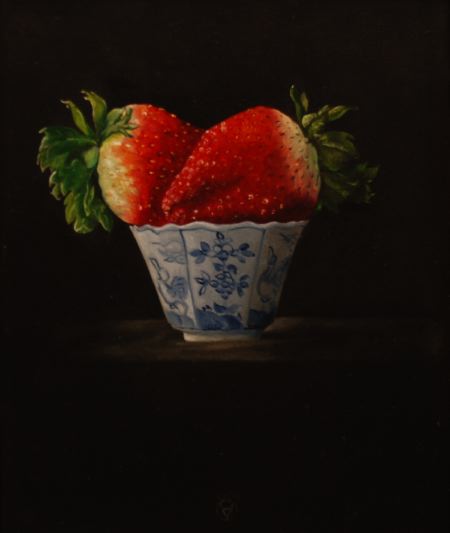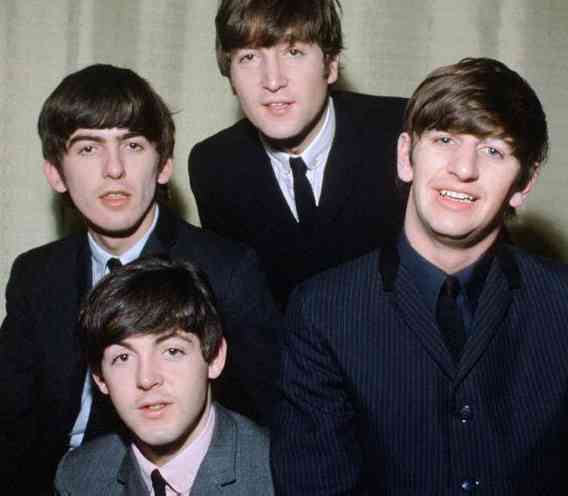Recently, I attended a local lecture by the New York City painter Alexis Rockman. Although his lecture touched on a number of subjects, one he kept returning to was that of the artist’s emotional commitment to her work. He started the lecture by giving a somewhat rote presentation of the historical development of his own paintings. This development was fed by myriad cultural influences, resulting in what appear to be richly allusive and iconographicaly dense landscapes. (I’ll admit to being only superficially familiar with the actual work, which isn’t my main subject here). Artistic influences that Rockman cited include Thomas Cole’s well-known Course of Empire series, the dinosaur artist Charles R. Knight, Goya’s war etchings, Diego Rivera’s murals, and The Planet of the Apes. In addition, the artist has been interested in the natural sciences, in particular evolutionary biology, geology and climatology. The intersection of nature with both science and art has been a central concern. As you can imagine, taking on all of this withing the landscape painting genre has required both erudition and considerable forethought in terms of draftsmanship and painterly execution.
In an exhibition last April however, Rockman showed–along with his usual oils on wood panels–a series of five oil on paper paintings. While treating analogous themes of disaster and apocalypse, they appear to be much rougher and more painterly in their execution. (I didn’t see the show, so I’m relying on the gallery website, as well as the artist’s own descriptions.) Significantly, they show destruction directly, while the panel pieces depict its aftermath. The importance of this new direction dominated the second half or so of the lecture. He stressed that this greater physical involvement with his working material went along with, and was intended to signal a more spontaneous, playful and emotional approach, one less detached and intellectual. He also described this as a return to his long-buried roots in Surrealism and Abstract Expressionism.
This change of direction and the personal and cultural conflicts it reveals and addresses are of interest to me, both as a (lapsed) artist and as a fan and critic of other people’s art. I come from an intellectual background, and while my relationship to formal schooling has been hit or miss, I do value “book-learning” as a way of understanding both visual art and the culture more broadly. I believe that its important to be aware of art’s history and philosophies and the ways in which these relate to other things. Most of the works of art that I value the most have more than strictly visual or expressive value, they connect to ideas and to history. Not everybody shares my values of course, but they do have wide currency in the contemporary artworld (in fashionable art galleries and magazines, for example). Alexis Rockman is as much a symptom of this as I am. For example, he stressed the need for the contemporary artist to “position” himself and his artistic approach, an injunction seemingly in contrast to his praise of emotional authenticity. The result of all of this is that work not sharing in these values often comes off as being naive, or provincial. No matter how well-done or beautiful, it can seem besides the point.
However, this kind of cultural and philosophical awareness can be dangerous, as anybody who has spent time browsing fashionable big city galleries hopefully recognizes. As I’ve been saying, an artist should be aware of his cultural environment and its history. Being a naif is usually a recipie for boring, cliched art (there are exceptions). But to merely reflect the culture in a passive, unreflective way tends to result in something distinct but similar. And to respond to it in an solely academic way usually results in “innovations” that are tedious and ultimately predictable. What Alexis was trying to get at, and what I’m trying to get at is that there needs to be a genuine personal commitment and that this needs to be evident somehow in the work. His solution has been to return to the materiality of paint; no doubt many other approaches exist.
In terms of radical formal and conceptual innovations, it appears that art has gone about as far as it can go, at least for the time being. The twentieth century was a period dominated by such innovations, done under the myth of moving art forward, of making progress. This effort (and its sustaining narrative) have largely collapsed, but some artists appear to be in denial. Tying your individuality or your ego to radicalism for radicalism’s sake doesn’t work any more, at least not for most young people. A lot of things don’t work anymore (or they never worked in the first place).
What does work, although of course not always, is a tricky balancing act. Irony, intellect, and detachment need to be somehow reconciled with sincerity, passion and love of life and art. On one hand, we have the image of the cool, calculating conceptual artist, a figure who doesn’t like to touch things (literally and/or metaphorically). On the other, we have that of the wild expressionist artist, driven solely by is instincts and feelings, largely oblivious to the world around him. These are crude stereotypes of course, but they help give shape to our picture of the field. There are also plenty of artists to which they are more or less applicable. Neither of these seems to work anymore. At any rate, they don’t work for me, and they don’t seem to be working for the majority of artists I respect most. (Which artists are these? Look around my blog and find out.)












